The STF-1 team is excited to announce that on Sunday, December 16, 2018, at 1:33 AM EST West Virginia’s first spacecraft was successfully launched into orbit on the first ever Venture Class Launch Services mission via Rocket Labs Electron Rocket (https://www.rocketlabusa.com/electron/). The launch can be viewed on-line at https://www.youtube.com/watch?v=F7Kr3664hJs&t=1080s. The launch took place from Auckland, New Zealand, and STF-1 was one of several payloads housed within California-based Rocket Lab’s Electron vehicle within the ELaNa-19 mission (Educational Launch of Nanosatellites).
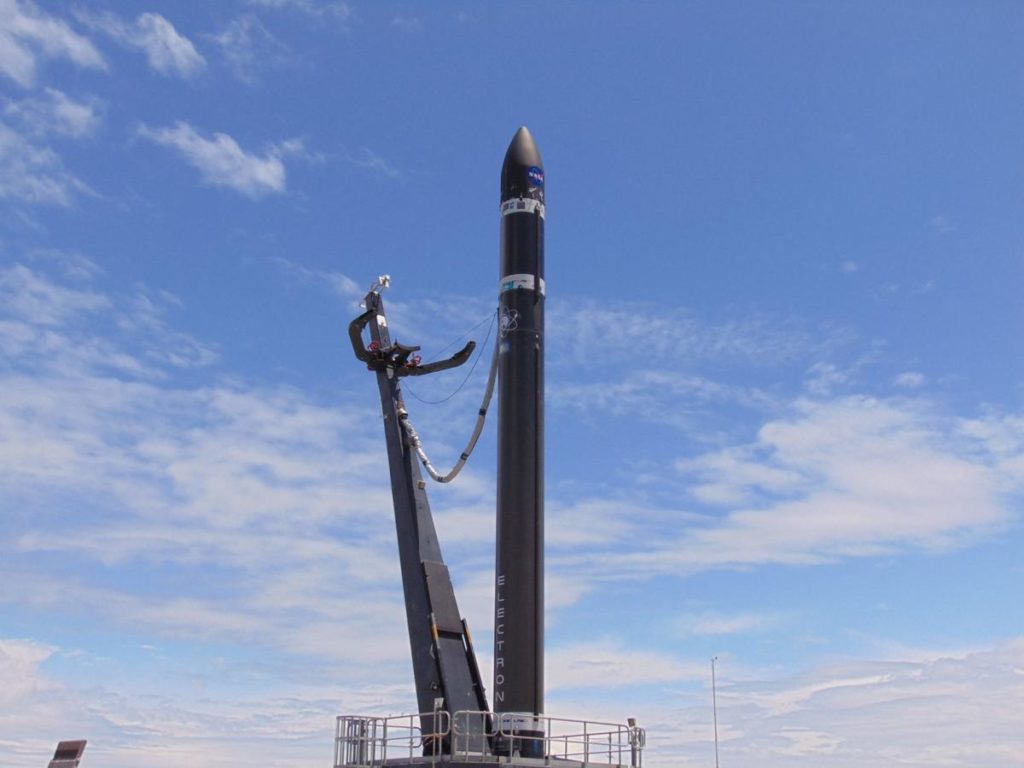 The Electron launch vehicle prepping for the ElaNa-19 mission launch.
The Electron launch vehicle prepping for the ElaNa-19 mission launch.
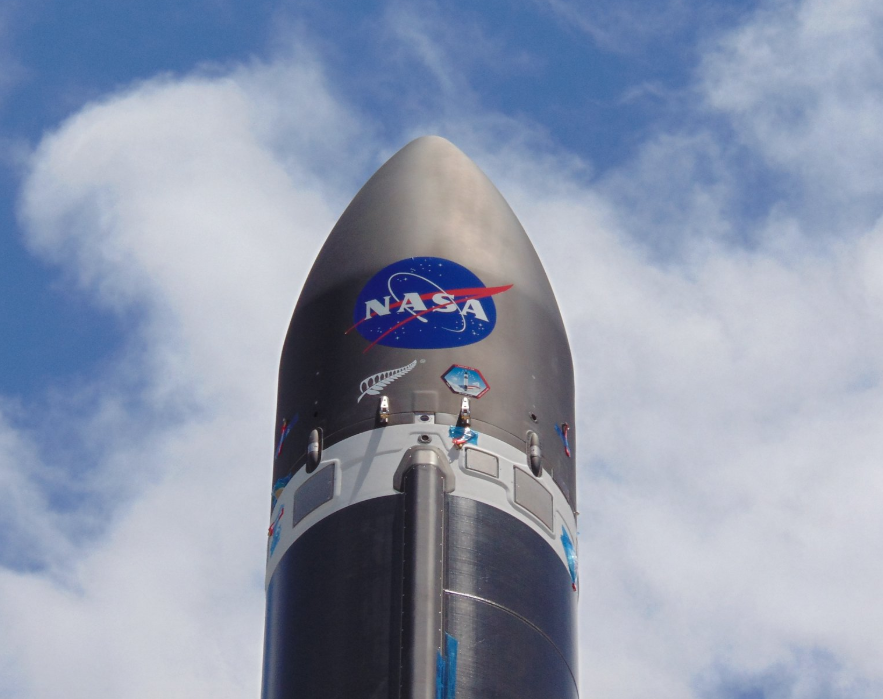 Up close and personal with the Electron
Up close and personal with the Electron
Years of effort have gone into achieving this moment. To say that the team is excited about this milestone would be and understatement. The ITC Lead, and Principal Engineer Justin Morris has this to say about the STF-1 achievement:
“This is West Virginia’s first spacecraft that’s ever been built and tested in the state, so that’s pretty remarkable,” Morris said. “A lot of the folks who worked on this satellite were born and raised in West Virginia, so that’s kind of neat to me, both professionally and personally.”
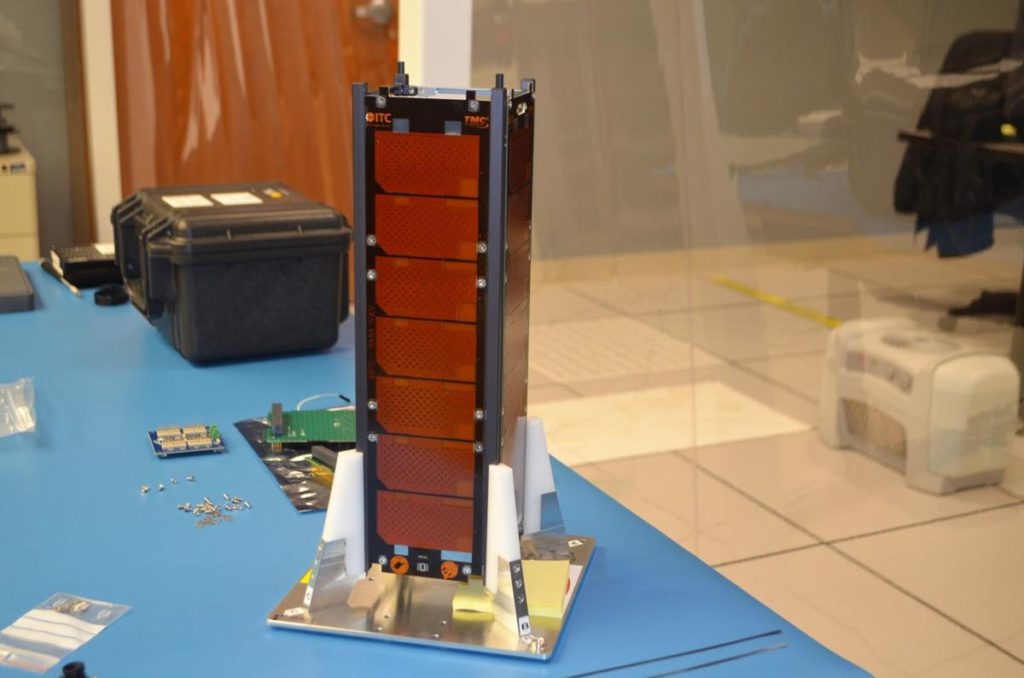 STF-1 - all grown up, and ready to fly!
STF-1 - all grown up, and ready to fly!
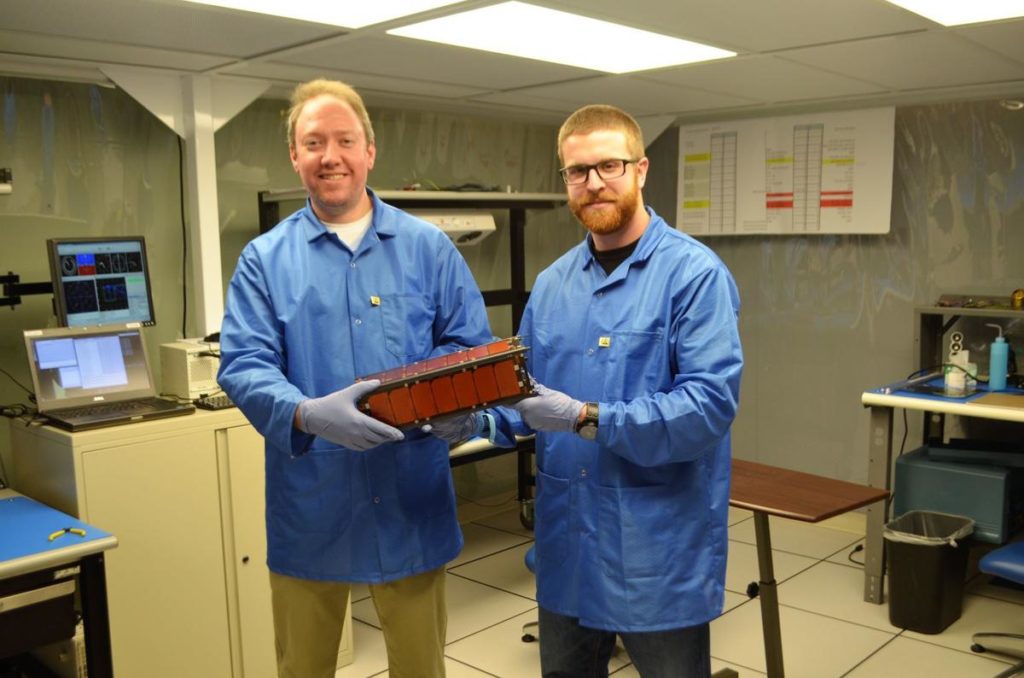 Zemerick, and Grubb pose with the completed STF-1 Cube sat
Zemerick, and Grubb pose with the completed STF-1 Cube sat
“Just about everyone working on this is from West Virginia. This shows that there are very capable engineers in high-technology jobs in the area and that West Virginia has the ability to compete, national and globally, with everyone else, even in space.” — Program Manager Scott Zemerick
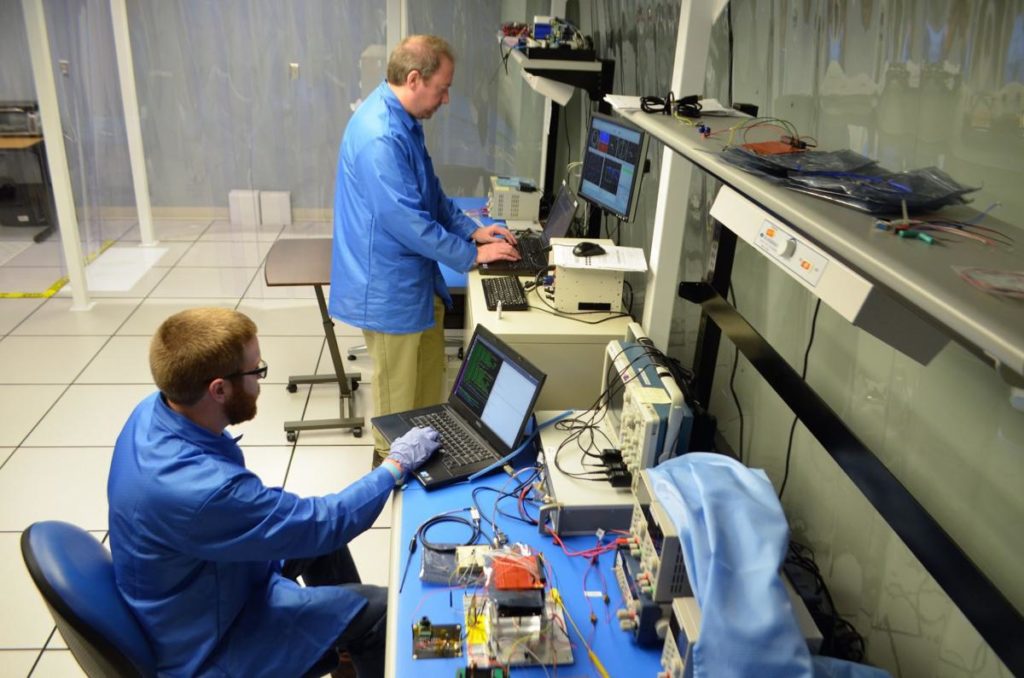 Always working, always testing ... Engineers Scott Zemerick, and Matt Grubb.
Always working, always testing ... Engineers Scott Zemerick, and Matt Grubb.
“Besides providing valuable services to NASA, the IV&V Program is motivated to inspire future generations in the areas of science, technology, engineering and mathematics throughout the state while advancing technologies for the nation through partnerships and collaboration with other West Virginia entities.” –NASA IV&V Director Greg Blaney
West Virginia University will perform experiments including measurements to analyze space weather, Precise Orbit Determination, and the durability of III-V nitride based materials.
The ITC team anxiously awaits communication with the cube sat now that the electron and STF-1 have pushed into space and are successfully orbiting the planet at some 600 miles above the surface. Though the stress and excitement of the launch is now behind the team, work anxiously continues to retrieve data and to track West Virginia’s first satellite in space. The STF-1 team plans to communicate with the spacecraft via the Wallops Flight Faclility ground station over the next couple of days. Following, in the next couple of weeks, the STF-1 small satellite will be commissioned, and begin all of its science observations.
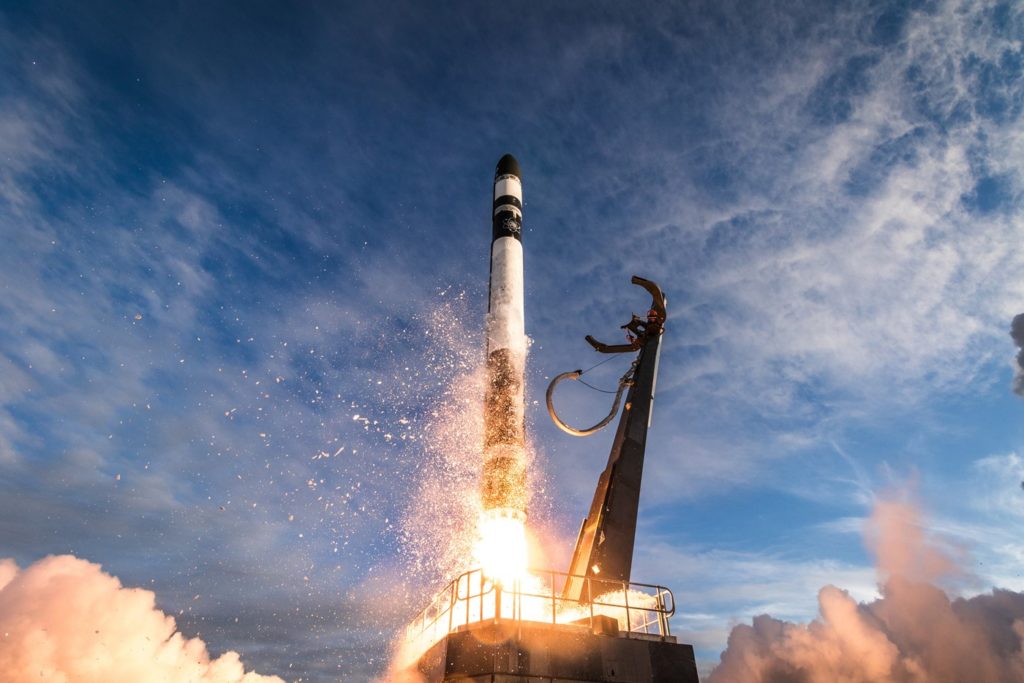 Liftoff! - Image Credited to Rocket Labs USA
Liftoff! - Image Credited to Rocket Labs USA
STF-1 flies over Canada!

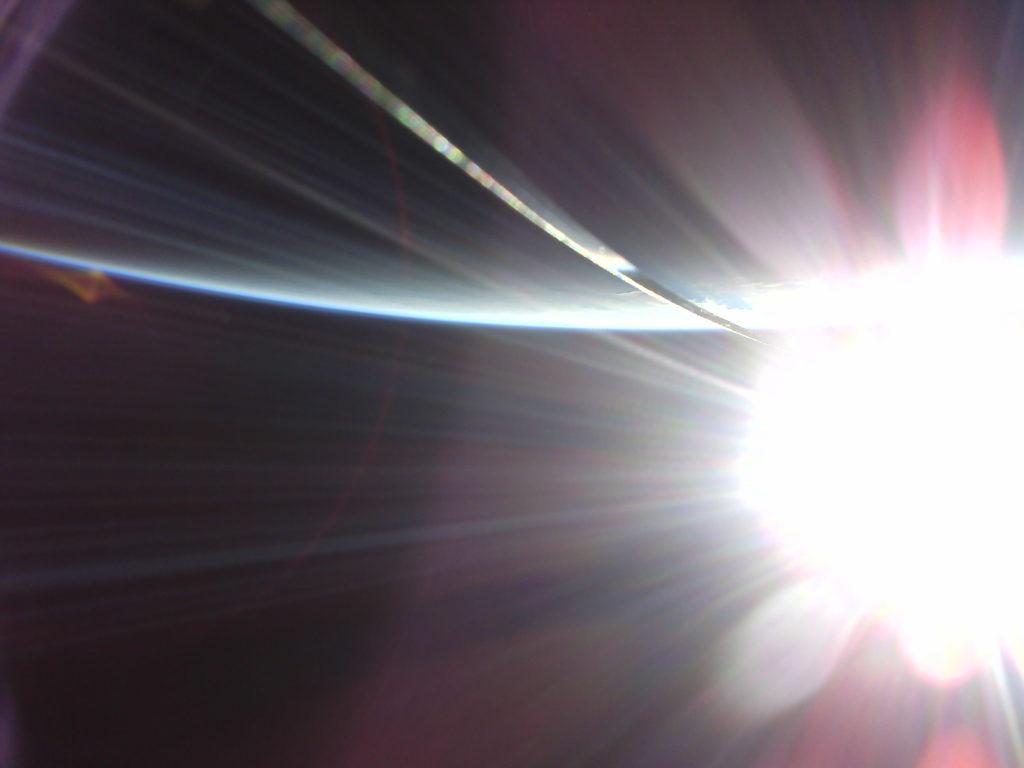 STF-1 Captures the always beautiful sunrise over West Virginia.
STF-1 Captures the always beautiful sunrise over West Virginia.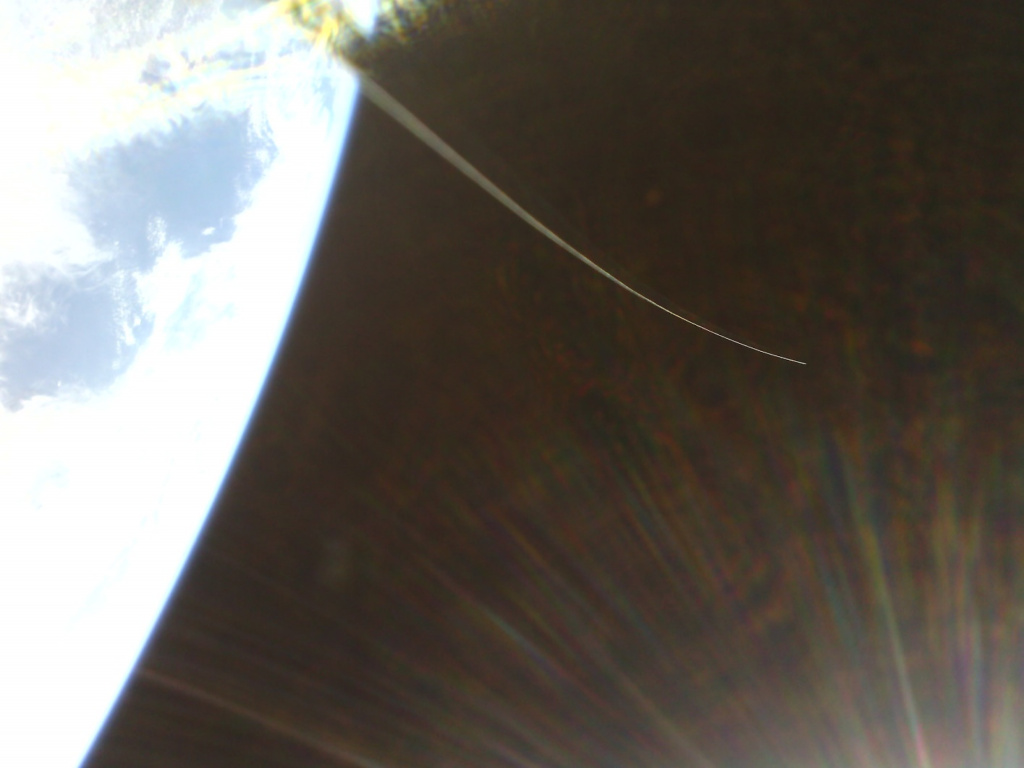 STF-1 - Sends home more postcard worthy images 500km above Earth!
STF-1 - Sends home more postcard worthy images 500km above Earth!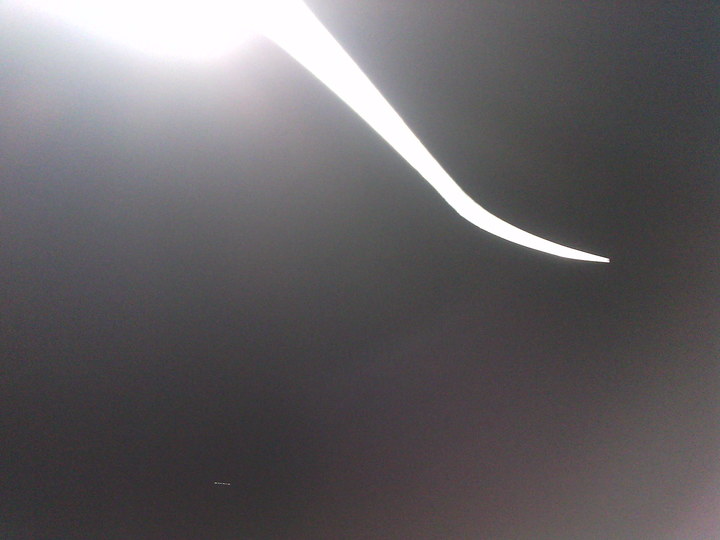 STF-1 Captured Image - Sun reflecting off of VHF antenna
STF-1 Captured Image - Sun reflecting off of VHF antenna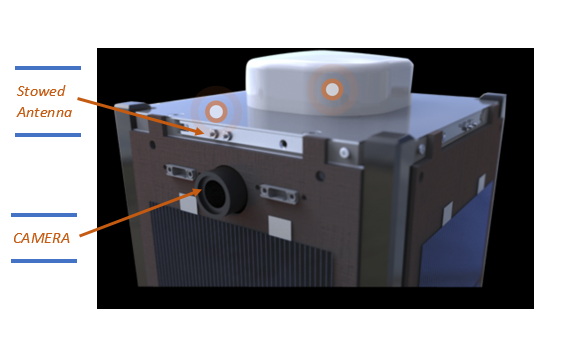 STF-1 Camera and VHF Antenna Locations
STF-1 Camera and VHF Antenna Locations The Electron launch vehicle prepping for the ElaNa-19 mission launch.
The Electron launch vehicle prepping for the ElaNa-19 mission launch. Up close and personal with the Electron
Up close and personal with the Electron STF-1 - all grown up, and ready to fly!
STF-1 - all grown up, and ready to fly! Zemerick, and Grubb pose with the completed STF-1 Cube sat
Zemerick, and Grubb pose with the completed STF-1 Cube sat Always working, always testing ... Engineers Scott Zemerick, and Matt Grubb.
Always working, always testing ... Engineers Scott Zemerick, and Matt Grubb. Liftoff! - Image Credited to Rocket Labs USA
Liftoff! - Image Credited to Rocket Labs USA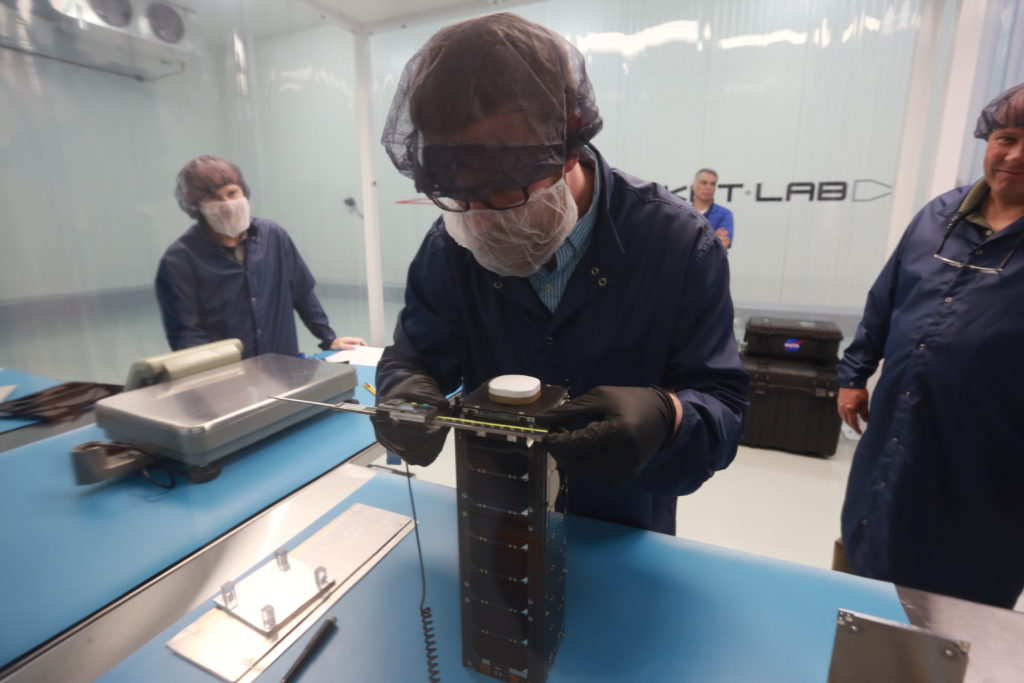
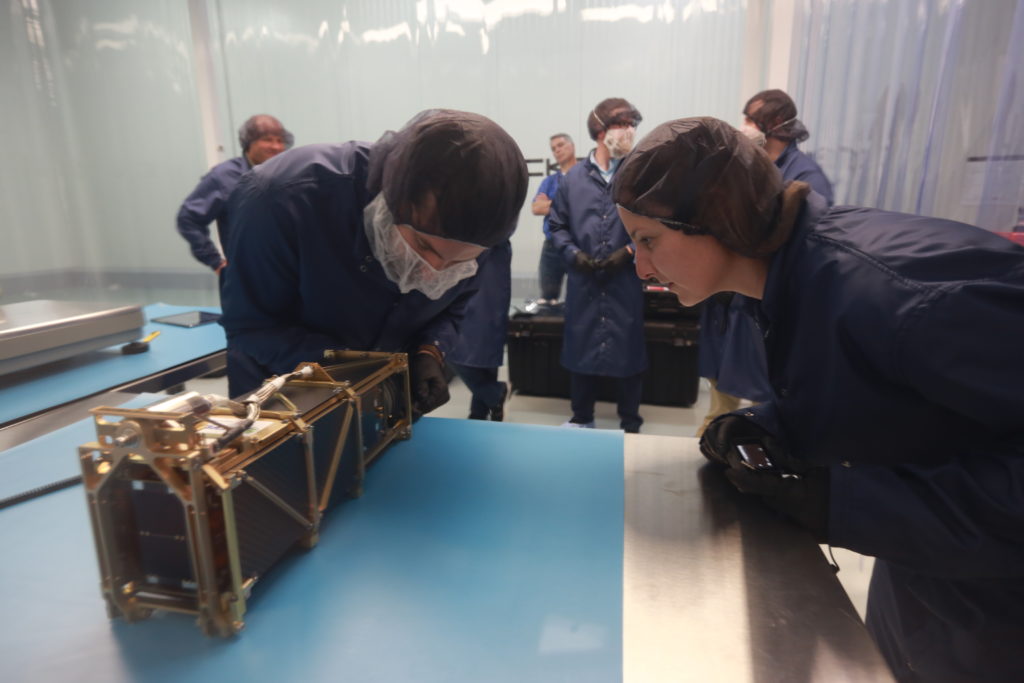
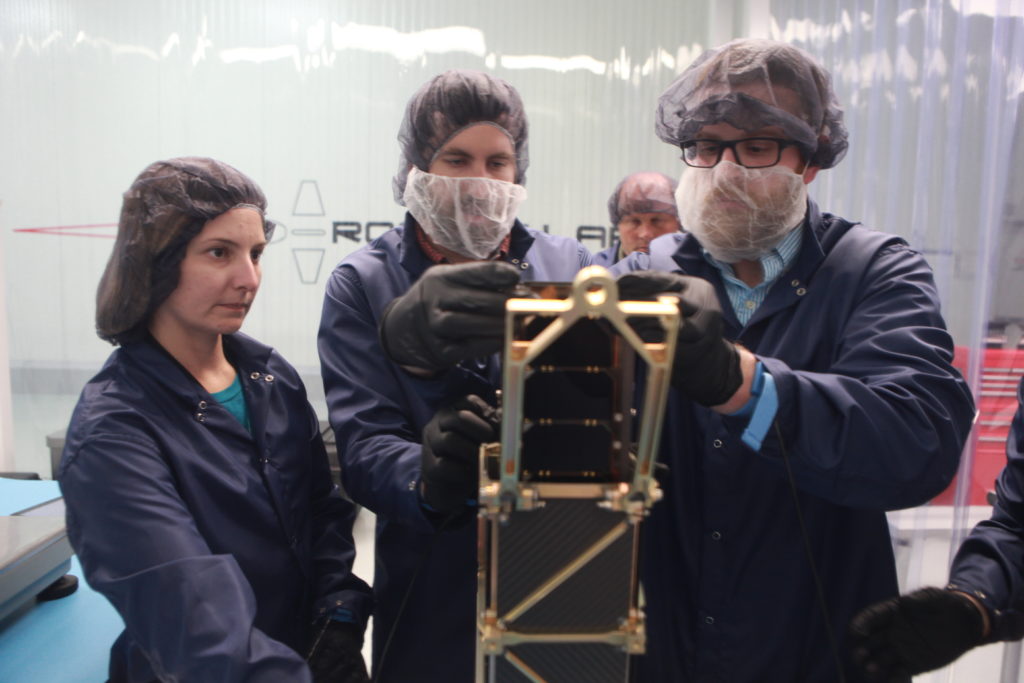
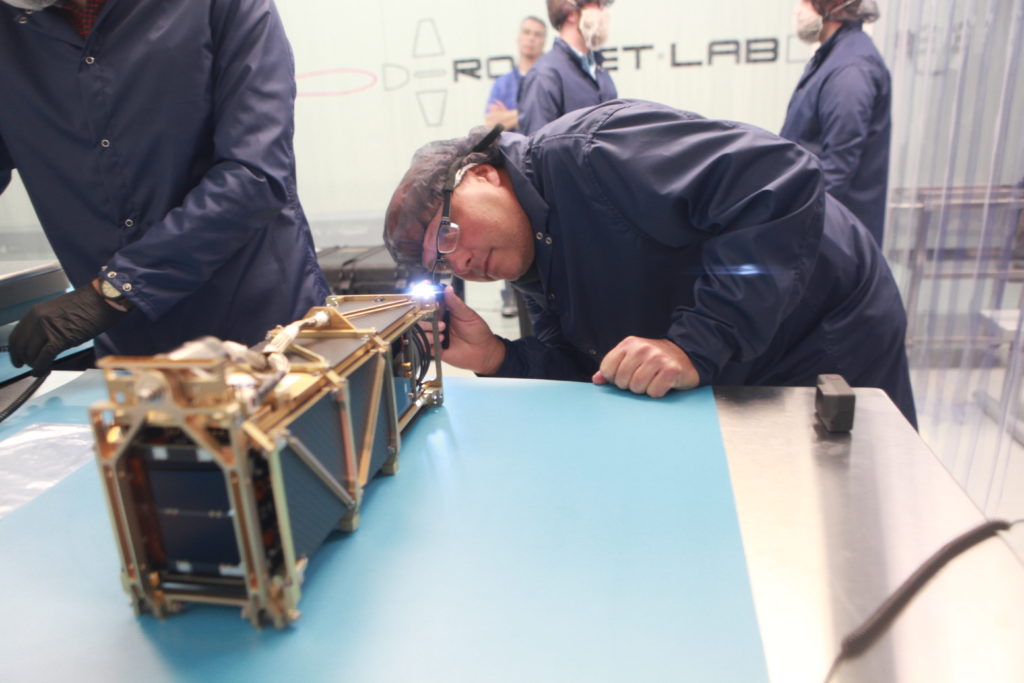
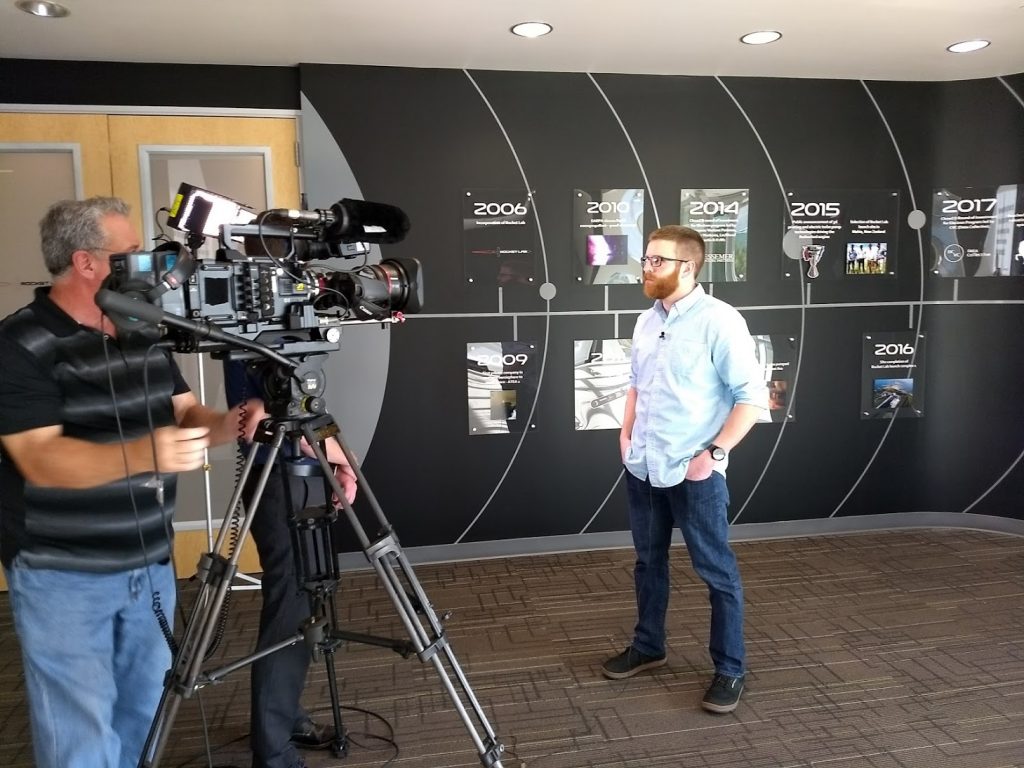
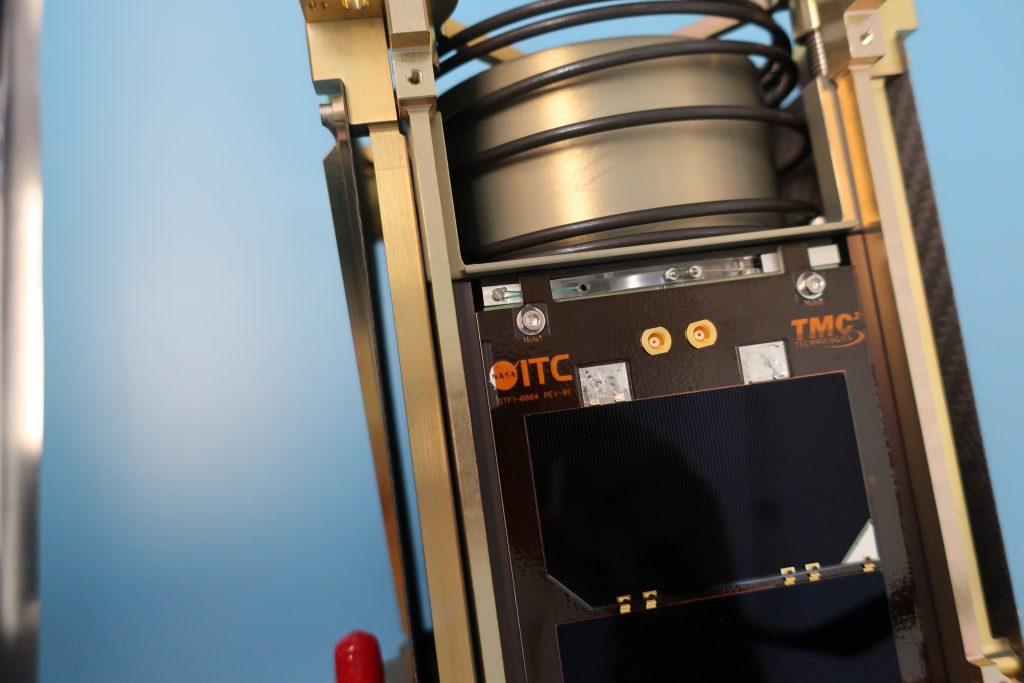
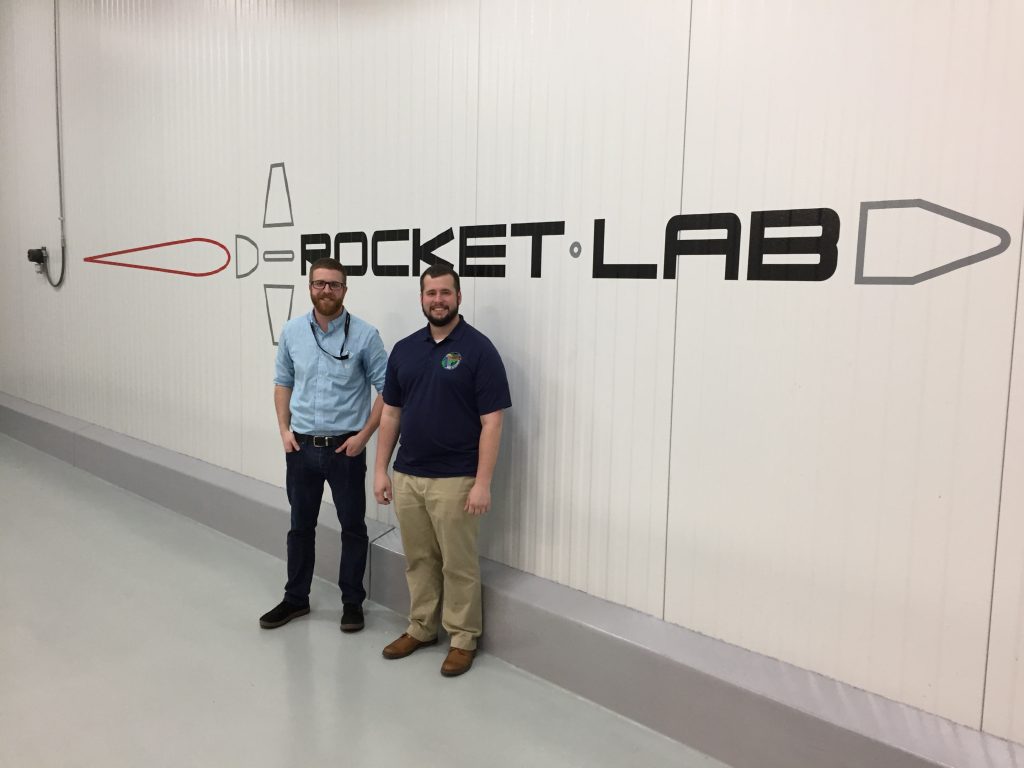
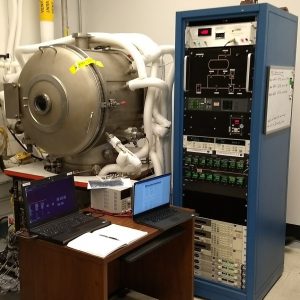

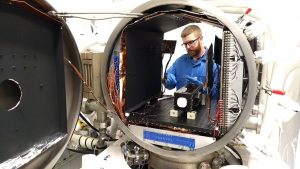 Once everything was setup, the chamber was placed under vacuum and heated to 60 degrees Celsius or 140 degrees Fahrenheit for over six hours! This ensured that all components had enough time to reach that temperature and proved that they would still function after exposure to those extreme conditions. After that, four simulated orbits were performed. The chamber would cycle from 50 degrees Celsius to 0 degrees Celsius or freezing. Tests were performed throughout these procedures and all passed! STF-1 is currently undergoing preparations for vibration testing in a couple of weeks.
Once everything was setup, the chamber was placed under vacuum and heated to 60 degrees Celsius or 140 degrees Fahrenheit for over six hours! This ensured that all components had enough time to reach that temperature and proved that they would still function after exposure to those extreme conditions. After that, four simulated orbits were performed. The chamber would cycle from 50 degrees Celsius to 0 degrees Celsius or freezing. Tests were performed throughout these procedures and all passed! STF-1 is currently undergoing preparations for vibration testing in a couple of weeks.